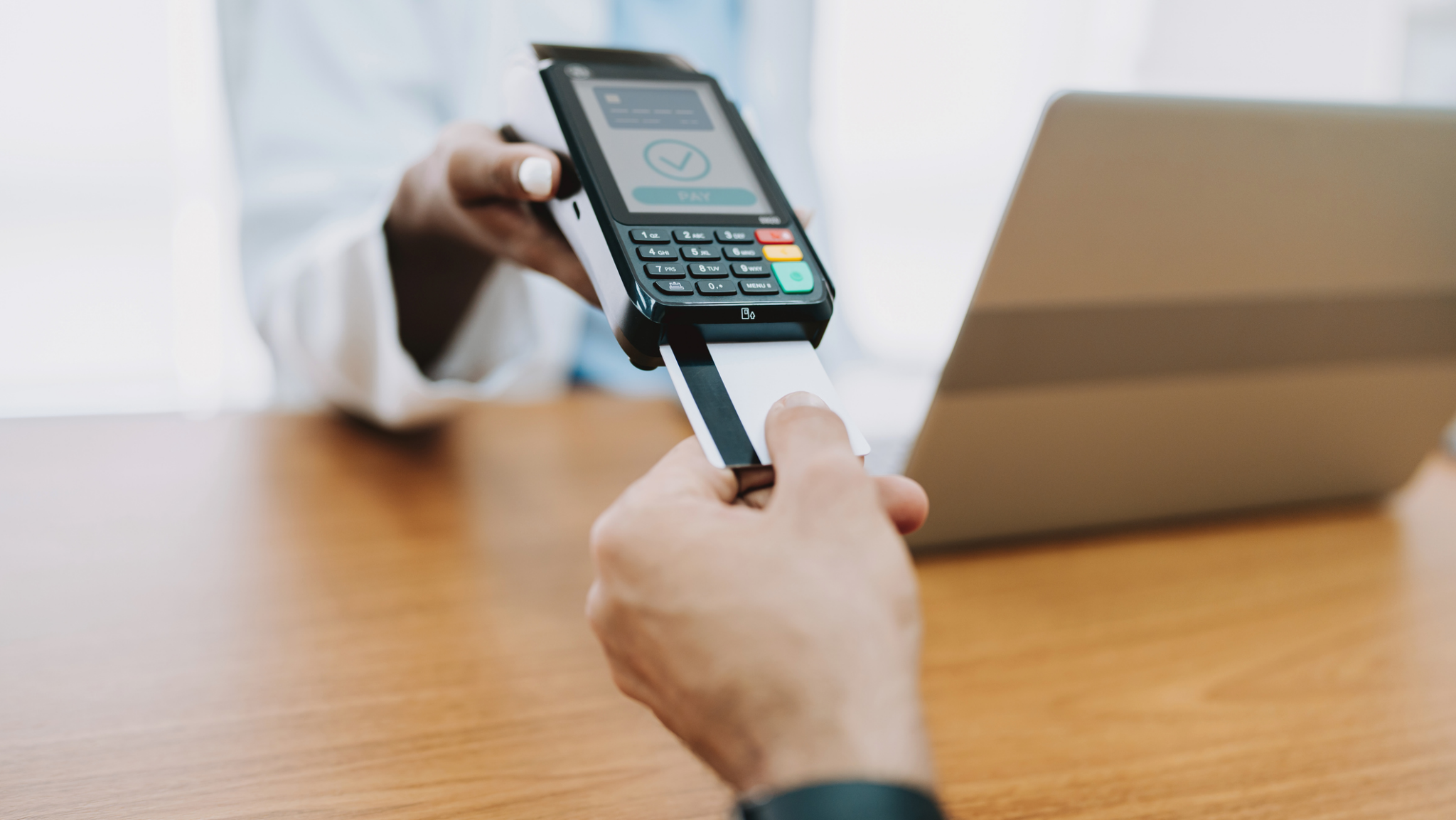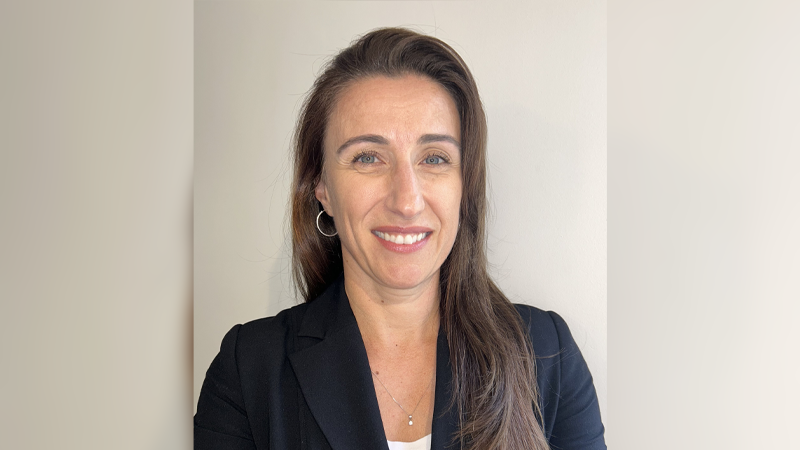
Hygiene Spotlight features an exceptional dental hygienist every month. This month, we are showcasing Martha Szczepulski, a professional educator with experience speaking with dental professionals across Canada. Martha has worked in dental hygiene for 19 years and has experience in general and community dental practices, and mobile dental hygiene in long term care.
Why did you decide to pursue dental hygiene as a career?
I originally pursued a dental hygiene career because I was inspired by my dental hygienist from my childhood and teen years. She was warm and kind, made me feel good, and taught me lifelong oral hygiene habits. When I grew up, I knew I was interested in both being a teacher and a health professional. I love connecting and helping others become empowered. Fast forward to today, and I am thrilled to work in both clinical dental hygiene and professional education.
For dental hygienists that are feeling tired or growing bored at work, I encourage you look outside your hygiene op to be revitalized again. When I feel complacency set in, I looked to opportunities in education, community health, long term care, even a television commercial! Each of these experiences opened new doors and revitalized my passion for all things dental. If an opportunity comes along that scares you a bit, that may be just the thing you need to try. Growth occurs outside our comfort zone, and as I’ve gotten older, I’ve recognized that my happiness is tied into the process and results of growing. So, take a risk and find that reward!
Can you tell us about your experience working in a long-term geriatric facility? Would you recommend this for other hygienists?
I began working as a dental hygienist in long term care in 2016. A friend and colleague had an established mobile dental hygiene clinic and asked if I was interested to join her – I was looking for a new challenge, so I accepted. My colleague is an amazing mentor, and she helped me navigate this new environment. Working with residents in long term care is simultaneously some of the most challenging and fulfilling work. Learning how to manage the oral health needs of this vulnerable population and seeing first-hand the challenges of life in long term care has impacted me personally and affirmed the values I uphold.
I would highly recommend working in long term care for other hygienists. First, the need is great, and the population underserved. Facilities need oral specialists to assess and treat oral health and to work in an interdisciplinary environment, advocating for oral health needs. However, this challenge is not for the faint of heart! I would recommend this environment for hygienists that have several years of hygiene experience, are highly adaptable and patient, and have good communication skills and good musculo-skeletal health, as you will be delivering care in a variety of different settings.
Like many things in life, the moments of greatest satisfaction in long term care are those where you can help alleviate suffering. When you assess a patient that is unable to communicate, and you determine there is a source of oral pain and can provide or advocate for necessary oral care, that is when you truly realize the significance of oral health professionals in long term care facilities.
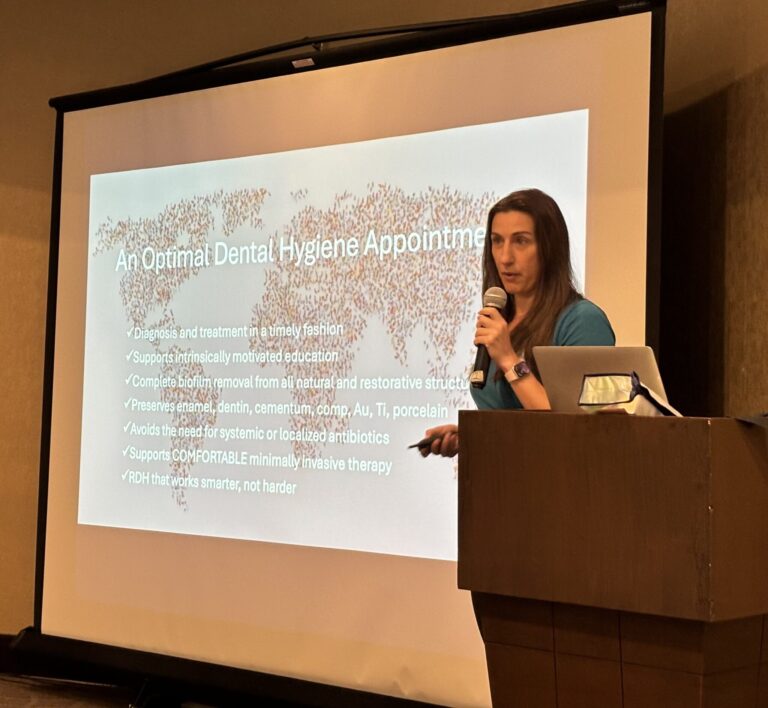
How do you keep up with the latest technology and clinical knowledge as a dental hygiene educator? How do you recommend other hygienists stay informed?
Being a dental hygiene educator has always begun with my curiosity for new theories, paradigm shifts, and the subsequent technology that supports new knowledge. I always try to maintain an open mind – we are living in a time where technology is rapidly advancing, and we need to explore and critically analyze new innovations. My chief source is scientific journals – but the greatest issue is how to narrow down the immense quantity of information to something that is relevant and actionable. I use AI search engines to help expediate that first step; my current favorite is Consensus AI.
To see what good (or bad) advice is trending, I follow dental social media accounts and from there can take a deeper dive into the literature to see what is evidence based.
For dental hygienists looking to stay informed, I recommend keeping an open mind, but be a discerning critical thinker! Here are five tips to help you:
- Recognize that click-bait titles on social media frequently misquote results for more impact (and more clicks); be especially discerning when content seems too good to be true or sensational – real science usually moves a bit more slowly.
- Explore studies from high quality evidence-based sources like the Journal of Clinical Periodontology: teams of professionals have vetted this information for you.
- Understand and employ discernment regarding the levels of evidence when evaluating study significance and how a study fits with findings of other studies.
- Learn how to read methods and materials and results sections to recognize if a study is valid and to recognize limitations of conclusions.
- If all the sources are anecdotal, that’s not scientific evidence.
Don’t forget, while AI is fantastic, it is still relatively primitive and gets many results wrong or uses sources that do not count as evidence based, so ALWAYS double-check an AI answer by clicking on their sources.
Lastly, if you are short on time: go to conventions, watch webinars, you can even listen to content while driving your car! There is so much information at your fingertips.
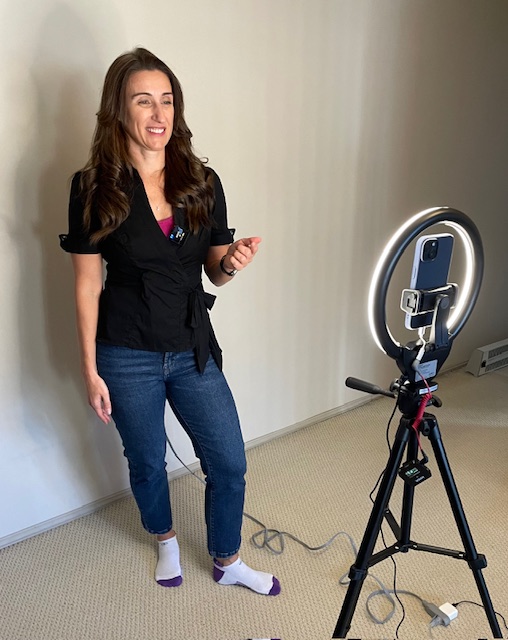
What new dental technology/product is really exciting for you right now?
The advancement of professional biofilm removal is exciting. For years, we have understood the importance of biofilm in oral health and its systemic repercussions. But realistically, most patients want a 60-minute appointment. It is near impossible to adequately remove biofilm and stain while still completing assessments, radiographs, patient education, and more! Hand scaling and ultrasonic instrumentation alone for complete biofilm management for patients with periodontal disease takes too long. That is why I’m thrilled to see the advancement of erythritol air polishing technology: finally, fast and comfortable biofilm removal, while maintaining cementum and dentin.
More recently, biofilm desiccation therapy with Hybenx has also been revolutionary. We can locally remove all bacteria and biofilm in an area of disease, and unlike antibiotics, have no effect on any other microbiome. It is a complete perio pocket microbiome “reset” for teeth and implants. Both technologies fill a void in conventional biofilm removal that is both conservative and effective.
Advice for other dental hygienists?
Our job is hard on the body. When I was in my mid-thirties, I started to notice some neck and back pain at the end of the day and figured, “well, this is it, I’m getting old.”
I was wrong. I switched from running to weight training with heavier and heavier weights. It was about three months later that I noticed my end-of-work pains were gone and surprising to me, I simultaneously lowered my resting heart rate. To enjoy your career and your life, invest time in strength training in some shape or form – otherwise it is a matter of when, not if, you start to suffer.
Also invest in your posture at work: other than strength training, for me that includes ergo loupes and a saddle chair. Best investments ever. Ask someone to sneak a picture of you when you’re working and see what your posture looks like. It may be a wakeup call.
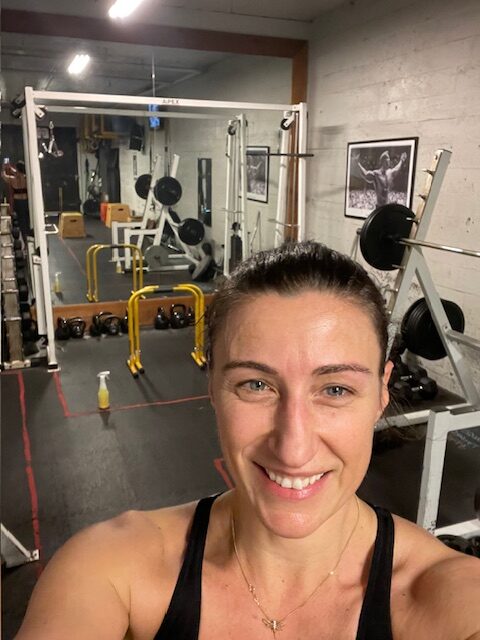
What is the one piece of technology or a product you could not work without?
In long term care, that one tool is silver diamine fluoride. It has provided a means to slow down or stop caries in a vulnerable population that frequently cannot tolerate conventional caries treatment options and often rely on others for self-care. Having an easy-to-apply dental material that helps to maintain freedom from pain and favorably control caries risk has been nothing short of miraculous.
You can find Martha’s posts at oral.science on IG and TikTok.



